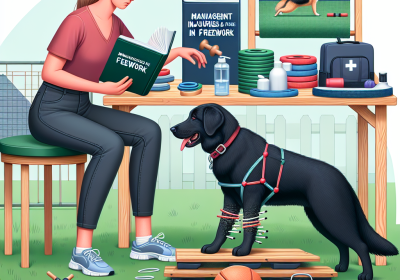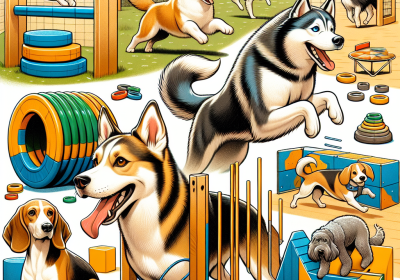The Physical Demands of Canine Freework
Table of Contents
- Understanding The Physical Benefits Of Canine Freework
- Preventing Injuries During Canine Freework Sessions
The Physical Demands of Canine Freework
Canine freework, an innovative approach to dog training and exercise, emphasizes the importance of allowing dogs to engage in natural, unrestricted movements. This method not only enhances a dog’s physical health but also contributes to their mental well-being. The physical demands of canine freework are multifaceted, involving a range of activities that challenge a dog’s strength, agility, and endurance. By navigating various obstacles and terrains, dogs develop better coordination, muscle tone, and cardiovascular fitness. Understanding these physical demands is crucial for trainers and pet owners to ensure that their dogs are both physically and mentally stimulated, leading to a healthier and happier life.
Essential Exercises To Enhance Your Dog’s Freework Performance
Overcoming mental challenges in canine freework requires a comprehensive understanding of both the physical and psychological aspects of a dog’s performance. Essential exercises to enhance your dog’s freework performance are not merely about physical conditioning but also about fostering mental resilience and cognitive agility. To begin with, it is crucial to establish a strong foundation of basic obedience. Commands such as sit, stay, and come are fundamental, as they instill discipline and ensure that your dog remains focused and responsive during more complex freework tasks. Consistent practice of these commands in various environments helps to generalize the behavior, making your dog more adaptable and less prone to distractions.
Transitioning from basic obedience to more advanced exercises, incorporating agility training can significantly benefit your dog’s freework performance. Agility courses, which include obstacles like tunnels, weave poles, and jumps, not only improve physical fitness but also enhance problem-solving skills. These exercises require your dog to think quickly and make decisions on the fly, thereby sharpening their cognitive abilities. Moreover, agility training fosters a strong bond between you and your dog, as it necessitates clear communication and mutual trust.
In addition to agility training, scent work is another valuable exercise that can enhance your dog’s mental acuity. Scent work involves teaching your dog to identify and locate specific scents, which can be both mentally stimulating and rewarding. This type of training taps into your dog’s natural instincts and provides a constructive outlet for their energy. Furthermore, scent work can be particularly beneficial for dogs that may be anxious or easily overwhelmed, as it encourages focus and concentration in a controlled manner.
Another essential exercise to consider is trick training. Teaching your dog a variety of tricks, such as rolling over, playing dead, or fetching specific items, can be an excellent way to keep their mind engaged. Trick training not only provides mental stimulation but also boosts your dog’s confidence as they master new skills. It is important to use positive reinforcement techniques, such as treats and praise, to motivate your dog and create a positive learning environment.
Incorporating play into your training regimen is also vital for overcoming mental challenges in canine freework. Interactive games, such as tug-of-war or fetch, can serve as both a physical workout and a mental exercise. These games require your dog to follow commands and make quick decisions, thereby enhancing their cognitive flexibility. Additionally, playtime strengthens the bond between you and your dog, making them more eager to please and perform well in freework tasks.
Lastly, it is essential to address the importance of rest and recovery in your dog’s training routine. Just as with human athletes, dogs need adequate rest to recover from physical exertion and mental strain. Ensuring that your dog has a comfortable and quiet space to relax can help prevent burnout and maintain their overall well-being. Regular veterinary check-ups are also crucial to monitor your dog’s health and address any potential issues that may arise from intensive training.
In conclusion, enhancing your dog’s freework performance involves a multifaceted approach that combines basic obedience, agility training, scent work, trick training, interactive play, and adequate rest. By addressing both the physical and mental aspects of training, you can help your dog overcome challenges and excel in freework activities. Through consistent practice, positive reinforcement, and a strong bond, you can ensure that your dog remains focused, confident, and mentally resilient.
Preventing Injuries During Canine Freework Sessions
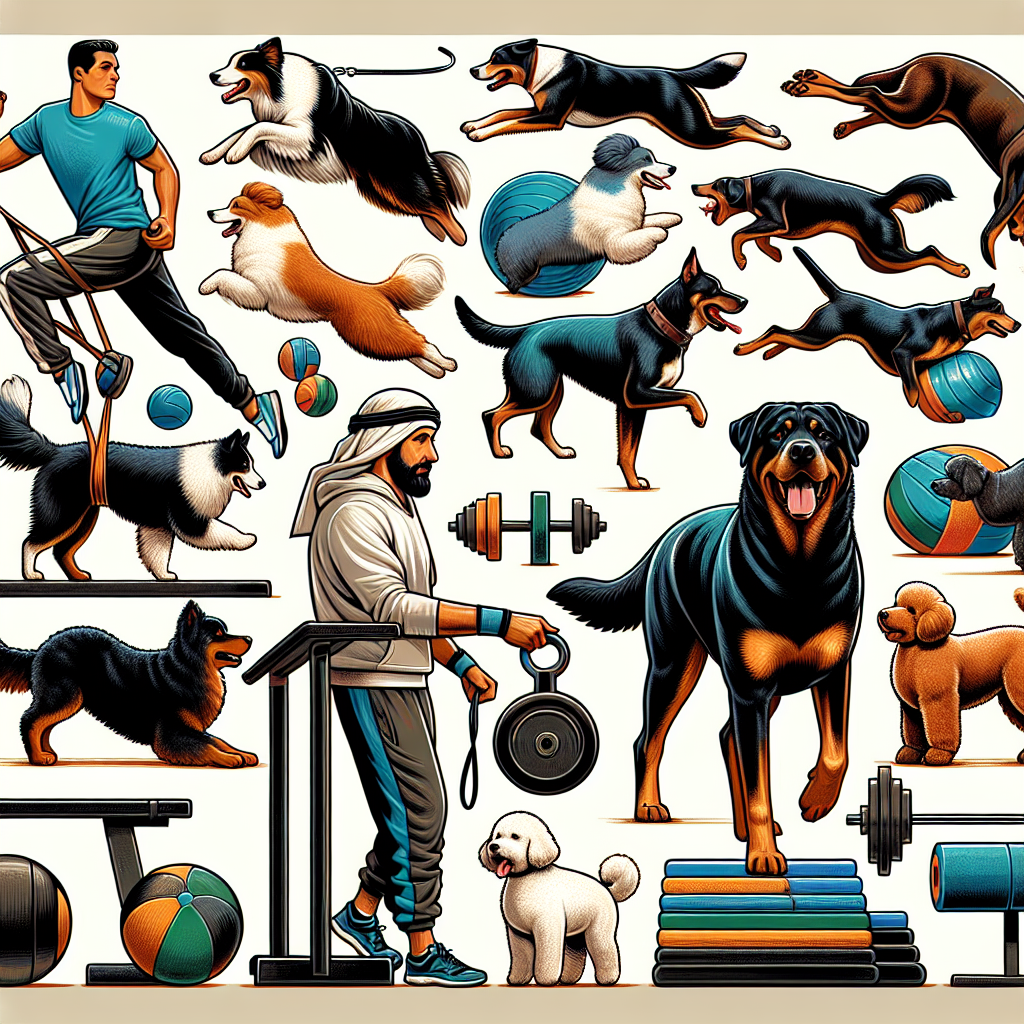
Canine freework, an engaging and stimulating activity for dogs, involves allowing them to explore their environment freely, using their natural instincts and senses. While this activity offers numerous benefits, such as mental stimulation and physical exercise, it also presents certain physical demands that can lead to injuries if not properly managed. Therefore, it is crucial for dog owners and trainers to take preventive measures to ensure the safety and well-being of their canine companions during freework sessions.
To begin with, understanding the physical capabilities and limitations of each dog is essential. Different breeds and individual dogs have varying levels of stamina, agility, and strength. For instance, a Border Collie may have a higher endurance level compared to a Bulldog. Consequently, tailoring the intensity and duration of freework sessions to match the specific needs of the dog can help prevent overexertion and related injuries. Additionally, it is important to gradually increase the complexity and duration of the activities, allowing the dog to build strength and endurance over time.
Moreover, the environment in which freework takes place plays a significant role in injury prevention. Ensuring that the area is free from hazards such as sharp objects, toxic plants, and unstable surfaces can significantly reduce the risk of accidents. Regularly inspecting the environment and making necessary adjustments can create a safer space for the dog to explore. Furthermore, providing a variety of surfaces, such as grass, sand, and gravel, can help strengthen the dog’s muscles and joints, promoting overall physical health.
In addition to environmental considerations, proper warm-up and cool-down routines are vital components of injury prevention. Just as athletes need to prepare their bodies for physical activity, dogs also benefit from a gradual increase in activity levels. A warm-up session, consisting of light exercises such as walking or gentle play, can help increase blood flow to the muscles and reduce the risk of strains and sprains. Similarly, a cool-down period, involving slower-paced activities and stretching, can aid in the recovery process and prevent stiffness and soreness.
Furthermore, maintaining a balanced diet and proper hydration is essential for supporting a dog’s physical health during freework sessions. Providing a diet rich in essential nutrients, such as proteins, fats, vitamins, and minerals, can help maintain strong muscles and joints. Additionally, ensuring that the dog has access to fresh water before, during, and after the activity can prevent dehydration and related health issues. Monitoring the dog’s weight and overall health through regular veterinary check-ups can also help identify potential problems early on and address them promptly.
Another critical aspect of preventing injuries during canine freework sessions is recognizing the signs of fatigue and discomfort. Dogs may not always vocalize their pain, so it is important to observe their behavior closely. Signs such as limping, excessive panting, reluctance to move, or changes in gait can indicate that the dog is experiencing discomfort or pain. In such cases, it is advisable to stop the activity immediately and allow the dog to rest. Consulting a veterinarian if the symptoms persist can help diagnose and treat any underlying issues.
In conclusion, while canine freework offers numerous benefits for dogs, it is essential to take preventive measures to avoid injuries. By understanding the dog’s physical capabilities, creating a safe environment, incorporating proper warm-up and cool-down routines, maintaining a balanced diet and hydration, and recognizing signs of fatigue and discomfort, dog owners and trainers can ensure that their canine companions enjoy the activity safely and healthily. Through these efforts, the physical demands of canine freework can be managed effectively, allowing dogs to thrive and enjoy their natural instincts without compromising their well-being.
Read more about Canine Freework
Canine Freework and Physical Exercise
– The Physical Demands of Canine Freework
– Canine Freework as a Form of Exercise for Dogs
– How to Safely Increase Physical Demands in Canine Freework
– Combining Canine Freework with Other Forms of Exercise
– Managing Injuries and Fatigue in Canine Freework



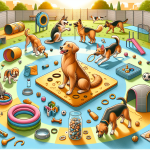
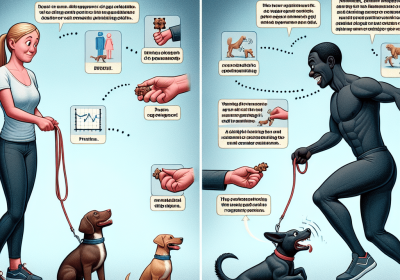
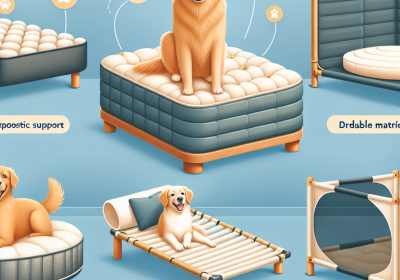
![The Dog Podcast Uncovers Startling Truths About What We Feed Our Dogs [Press Release]](https://narrativenest.com.au/wp-content/uploads/2024/08/canine-nutritious-food-400x280.jpg)
